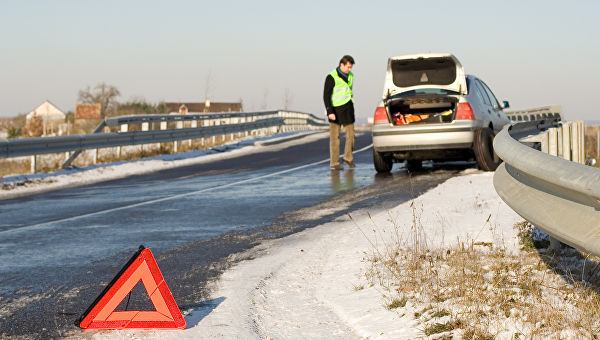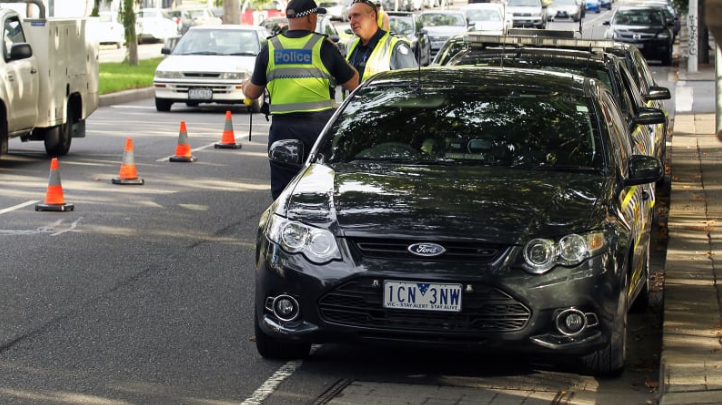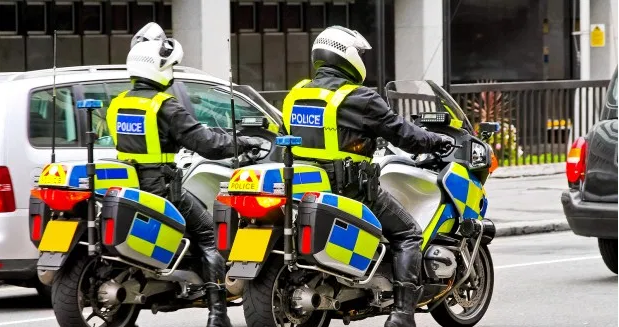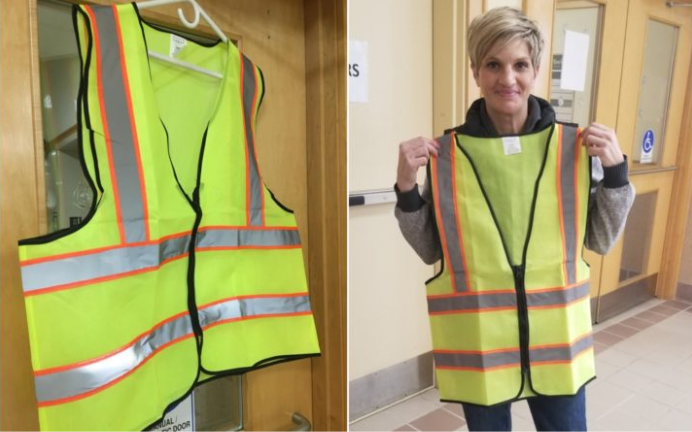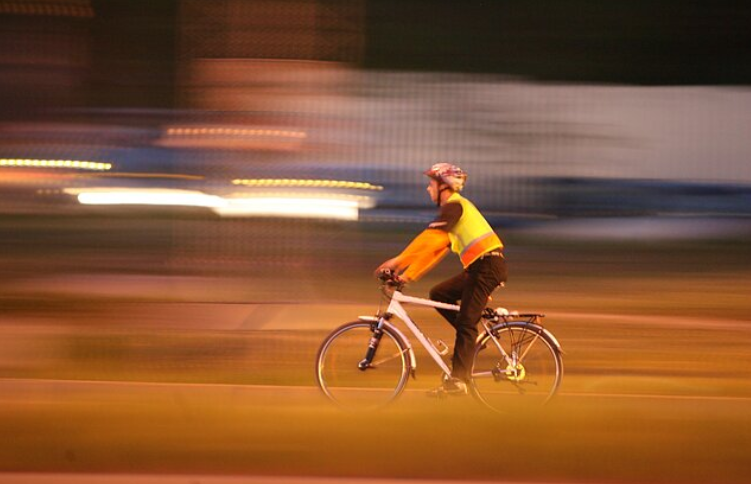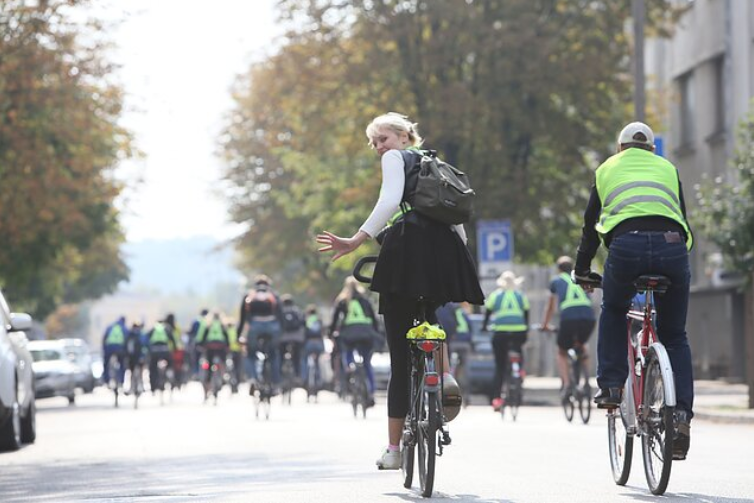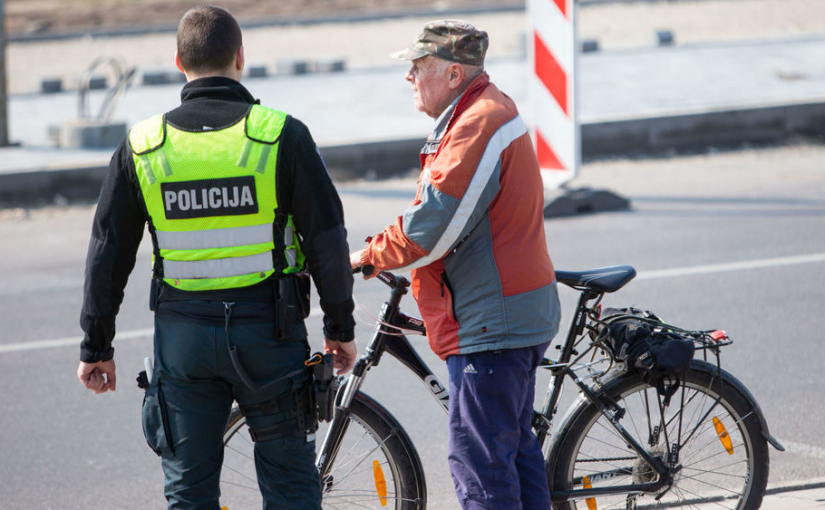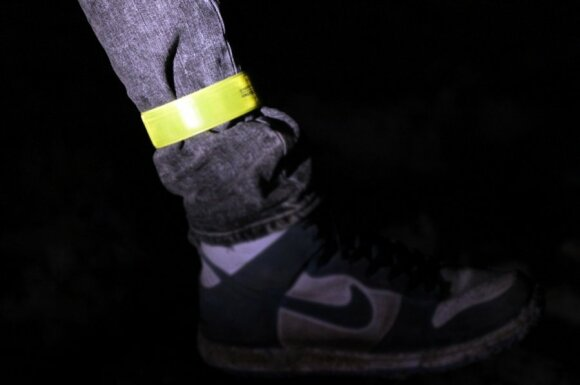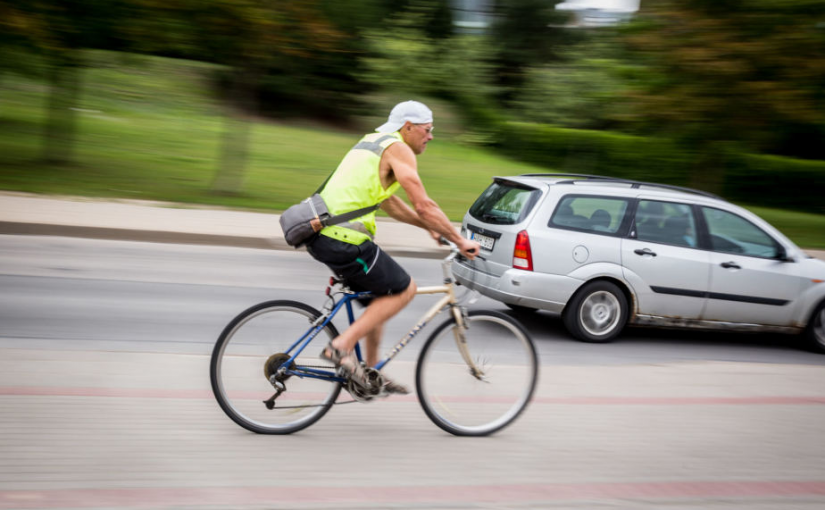France maybe just 30 minutes away via the Channel Tunnel, but when it comes to driving laws, there are strict requirements you need to be aware of to avoid penalties and problems.
Below, the RAC lists eight points British drivers need to know when taking to the roads in France:
Hi-vis jacket
A reflective vest is needed for each passenger and must be carried inside the passenger compartment of the vehicle in case of a breakdown.
This shouldn’t be dismissed as the French police will stop British-registered vehicles to check they have the correct equipment for driving in France.
If you breakdown on the motorway or need to repair a puncture, make sure you wear it as soon as you step out of the vehicle or you could risk a hefty fine of €750 or €90 if paid early.
Warning triangle
This is compulsory in every vehicle with four wheels or more. The maximum fine for not having one is €135.
GB sticker
You need to have a GB sticker on your car or a euro registration plate featuring the GB initials.
You will also need a GB sticker or number plate on anything being towed.
This law applies to all of mainland Europe too, not just France. If you do not have one, you could receive an on-the-spot fine of €90 from the authorities where you are driving.
Headphones/earphones
As of March 2017, all drivers and riders have been banned from wearing headsets and headphones while driving, whether the device is for playing music or for phone calls. But the law excludes motorcycle helmets that have integrated systems.
Clean air sticker
Introduced in late 2016, drivers need to have a Crit’Air sticker displayed on cars when traveling to certain cites, including Paris, Lyon, Toulouse, Marseille, and Strasbourg.
It costs around £3 (buy yours here) and drivers face an on-the-spot fine of up to €135 for not having one. They include a six-category sticker system that notes what emissions your vehicle produces, and can restrict access to cities too.
Headlight beam deflectors
Depending on your car, you will either need deflector stickers or have to adjust the beam manually. This is because modern car headlights are set up to point towards the kerbside of the vehicle. A right-hand drive car on the right-hand side of the carriageway means this could blind oncoming traffic at night. You can expect to pay a fine of €90.
Spare bulbs
By law, you need to carry a spare bulb kit for your vehicle, as the French police deem it necessary to replace it there and then on the grounds of safety. The fine you’ll face is €80.
Breathalyzer/alcohol tests
In theory, all drivers and motorcyclists need to carry a breathalyzer kit in their vehicle, with at least two disposable testing units. While it was expected that an €11 fine would be imposed for not carrying one, the French government postponed this move indefinitely, so no penalty will be imposed if you can’t present one during a police road check.
A kit can be bought for around £5 but if you’re buying online, check it meet NF standards, similar to BS1 standards in the UK.
